Top 5 Bedroom Studio Must Haves With Luna Li
For Luna Li the freedom of music rests on experimentation, lush orchestral sounds, and a combination of vintage and contemporary influences.
Luna Li can certainly be described as magically unafraid. The Toronto-based musician grew up surrounded by music—her moms run a local music school, giving her the freedom to explore and experiment with an array of instruments. Luna Li’s luscious songs reflect this indulgence with a mixture of guitar and bass, keyboard, MIDI, harp, violin, and more to create hazy dreamscapes that run beneath her celestial vocals.
Lately, Luna Li has been jamming alone in her apartment, creating instrumental pieces and accompanying videos in the periphery of her band that she posts on Instagram: “I find it really freeing to have a creative outlet that doesn’t have the pressure of trying to create a song for Luna Li. It feels like a lot of pressure and sometimes I’ll overthink things. It’s nice to have this separate thing where I can just sit down and think, ‘This can be whatever, I’m just going to explore.’ And a lot of the time those jams end up turning into songs anyway.”
For our four part series in partnership with Reverb, we spoke with Luna Li about the beginnings of her musical journey, what goes into the making of her Instagram videos, and her top studio essentials.
I saw on your Instagram today a drawing you made when you were a kid that read, “I love music! I play the piano!” Can you talk about the beginnings of your musical journey and how it brought you to where you are today?
I started learning piano at age five. My moms ran a music school, and still do, so I was able to try out all different kinds of lessons. After the piano I wanted to learn the violin. It was very classical focused, growing up. I picked up the guitar when I was 12, and that was a bit of a switch for me. I started learning chords, how to play my favorite bands’ songs, and how to write my own songs. I planned to go to McGill University for classical violin, and went for one semester and dropped out because I was like, “I want to start my own project and do my own thing.” The classical work was great, but didn’t feel like it was for me. It was pretty rigid, and didn’t feel like there was room for creativity. Growing up, because I was so immersed in the classical world, it never really occurred to me that starting my own project and having my own band would be feasible. As a woman, I felt not super encouraged to do production. It took a little while for me to find my path.
But after I came back from McGill, I took a one-year program at Seneca College in Toronto called Independent Music Production. It was really helpful because it was all about how to be an independent artist.
If you’re looking for some awesome classical guitars around the same price point that deliver similar sounds, we recommend the Taylor Academy 12e-N or the Yamaha C40 Classical Guitar. On Reverb you can find some great used options as low as $150 to get that warm nylon-string tone.
As a multi-instrumentalist, do you gravitate toward a specific instrument when sitting down to write a song?
At this point, I have two separate ways of writing songs. One just being I’ll sit alone in my room with my Saturn Classical Acoustic Guitar. I really like the sound of nylon strings, I really like how warm and resonant they are. I don’t use a ton of acoustic guitar in my recordings, so a lot of the time this is the guitar I will take into my bedroom to write something or jam on once in a while, keeping it really simple, focusing on melody and lyrics.
The other version, which I’ve been doing for a long time, my main process, is to open up a Logic Pro X session, try out different sounds to see what inspires me, and build a loop and go from there. Usually with that, I use my Roland EP 7 II—a full digital keyboard that also doubles as a MIDI keyboard. It’s been great for me to have 76 keys because I find really small MIDI keyboards to be so confined. Since I’m a piano player, I like to have space to really move around on the keyboard and get my ideas out. I find it so versatile to have a MIDI controller that can do so many different sounds.
A similar alternative to this multi-faceted keyboard would be the Roland FP-30 Digital Piano. Like Luna Li said, if you’re looking for a full-range digital keyboard that doubles as a MIDI tool, this one’s for you.
I love that your Instagram videos show you playing so many instruments used on your songs. Can you talk about the process of making the videos as well as the songs?
For the video, I use my iPhone to record it and then I edit it in iMovie. Those are the tools that I have, and I just make it work. I film my videos in my bedroom because the lighting is really nice and bright. Where I actually record the songs, there’s not much good lighting. I live in a really small one-bedroom apartment, there’s not that much space, so I have this one corner that is dedicated to my studio.
The jam songs are just loops that I make. To start, a lot of the time I use my friend Koal’s (who goes by the Kount) drum samples. I’m definitely new to drums, and still exploring, but I like to try to layer different samples and find new sounds with that. Then I pick up my Squier Mustang Bass, it just sounds really good. It’s got a really great tone, and people will message me [on Instagram] being like, how do you get such a great bass tone, and I’m like, I literally don’t do that much [laughs]—it’s just the bass.
One thing that’s been great is at the beginning of quarantine I got an Arturia V Collection 7, which is a bunch of different keyboard sounds. That’s been a pretty big game changer for me—I find that the more sounds I have, the more creative I feel. I use a lot of the Mellotron plugin included in the Arturia pack because I love creating really lush, orchestral sounding layers. A lot of the time I’ll play live violin but at the same time I’ll have the mellotron’s violins, cellos, and violas going underneath to really make it feel super lush and open.
Then I like to use my Dusty Strings Ravenna 26 harp as a production tool. I think adding a layer of harp gives it a really cool, sometimes folksy element, and definitely super magical and dreamy as well. It’s been a really beautiful thing to add to these songs, like the cherry on top. I definitely wouldn’t say I’m a harp player because I haven’t studied it very much, but recently I’ve been trying to learn a little bit more, and I think I’m going to start taking lessons so I know how to execute everything I want to play. The layout is very similar to piano, so it’s easy to wrap my head around it, but the technique’s a little tricky.
Is the environment/look/feel/vibe of your space important to your creative process? And if so, what is the general vibe you like to create in your studio?
I really need to be alone. There can’t be anyone else in the room, in the apartment. I don’t want anyone to hear me; I just want to feel free and not self conscious at all. I don’t really have any specific vibe things, because once I get into it I’m so zoned in that I don’t realize what’s going on around me. The most important thing, for me, is making sure that everything is really accessible; it’s already set up and ready to go so that I don’t lose momentum when I’m having to patch things in and set things up.
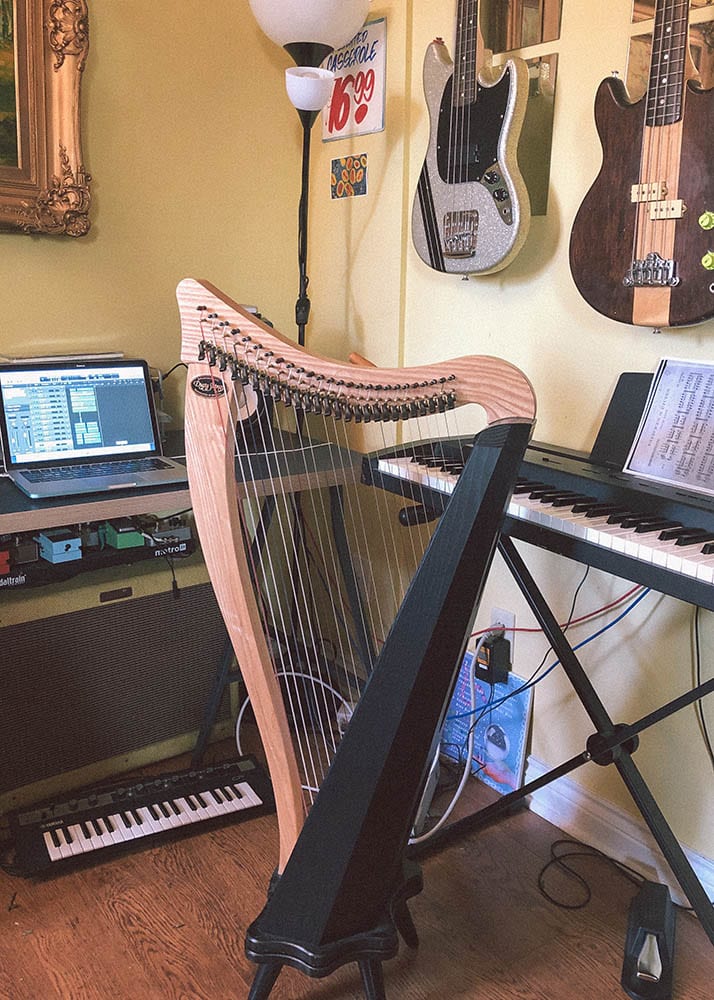

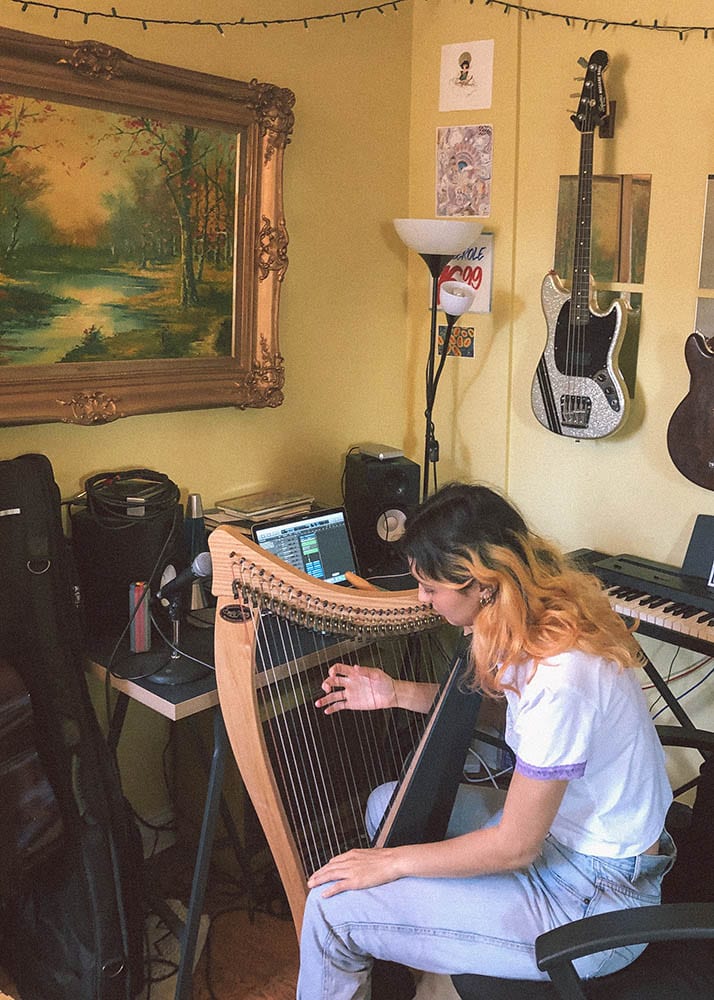

Harps are an ethereal instrument that every musician should have a chance to try out! A great and affordable alternative for those interested in taking up harp is the Rees brand, which makes models like this funky purple Sharpsicle Harp.”
STUDIO TOUR
Vantage Bass. It has a really great tone, it’s a little more muted, and it’s definitely great for really specific songs I’m working on. I have a weird story that I feel guilty to tell [laughs]: it got left at my mom’s music school, and no one claimed it. We emailed all the students and teachers, so my mom said I could take it home until someone emails, and no one has in the past six years.
J Mascis Jazzmaster. It’s my baby. I had this really shittty Ibanez that I got as my first electric, but it wasn’t very good. I was looking for something new and saw this and recognized it from Tame Impala (they were one of my favorite bands in high school). I tried it out and immediately was like, this feels so great, the tone is awesome, and it’s really easy to play. So this has been my main guitar for five years now.
Danelectro ‘59 Vintage 12-String. When I was recording some songs in the studio a couple of years ago, my producer had this really fun double-neck Danelectro. We used a lot of 12-string while recording, and I was in this really small town called Gravenhurst and they have a really awesome music store [Currie’s Music] and I saw it there and was like, “I need to buy this for myself.” I love 12-strings as a production tool. I find them really tricky to play sometimes, because my fingers are pretty small and it’s not the most comfortable thing in the world. I’ll add it as a little sprinkle on top of a lot of my recordings.
Yamaha Reface CP Electric Piano Synthesizer. This is just a really great little guy. It’s got Wurlitzer, Rhodes, and Clav sounds. It’s really fun because it has these built-in effects like tremolo, wah, chorus, phaser, delay, and reverb. It’s really fun to play around and experiment with different sounds. It also has a built-in speaker so you can just plug it in and jam.
Fender Blues Deluxe. A perfect first amp for me because it’s powerful at shows and has the classic Fender sound which is awesome paired with my Jazzmaster. I also just bought a Roland Jazz Chorus JC55 which is something I’ve wanted for a long time. It’s a little smaller and lighter to carry than the Blues Deluxe, and I love the clean and pretty tone I can get out of it while being able to turn up the volume and have it not gain out. They’re both awesome and I’m so happy to have them both in my collection.
![]()
![]()
![]()
SM58 Microphone. Because I have so many different instruments, and there’s so much money to be spent around them, I’ve kept it very simple with mics. At the top of my wishlist for gear is getting a really awesome condenser mic to record vocals, but thus far the only mic that I have is an SM58 and I use it for everything.
Yamaha v5 Violin. My mom’s partner’s violin is on loan to me, which is a really beautiful old instrument handmade in the late 1800s—it doesn’t have a label so I don’t know the brand! The one that I use on tour, the Yamaha v5, is actually a student violin. It’s easier and less stressful to travel with since it’s not as valuable or delicate.
![]()
![]()
![]()


You May Also Like
No related posts
No related posts
More posts
-
By: Geexella
-
By: Emily Harris
-
By: Fabi Reyna
-
By: Fabi Reyna
-
By: Cynthia Schemmer
-
By: She Shreds Staff
-
By: Celia Sagastume
-
By: Cynthia Schemmer
-
By: Cynthia Schemmer
-
By: Celia Sagastume
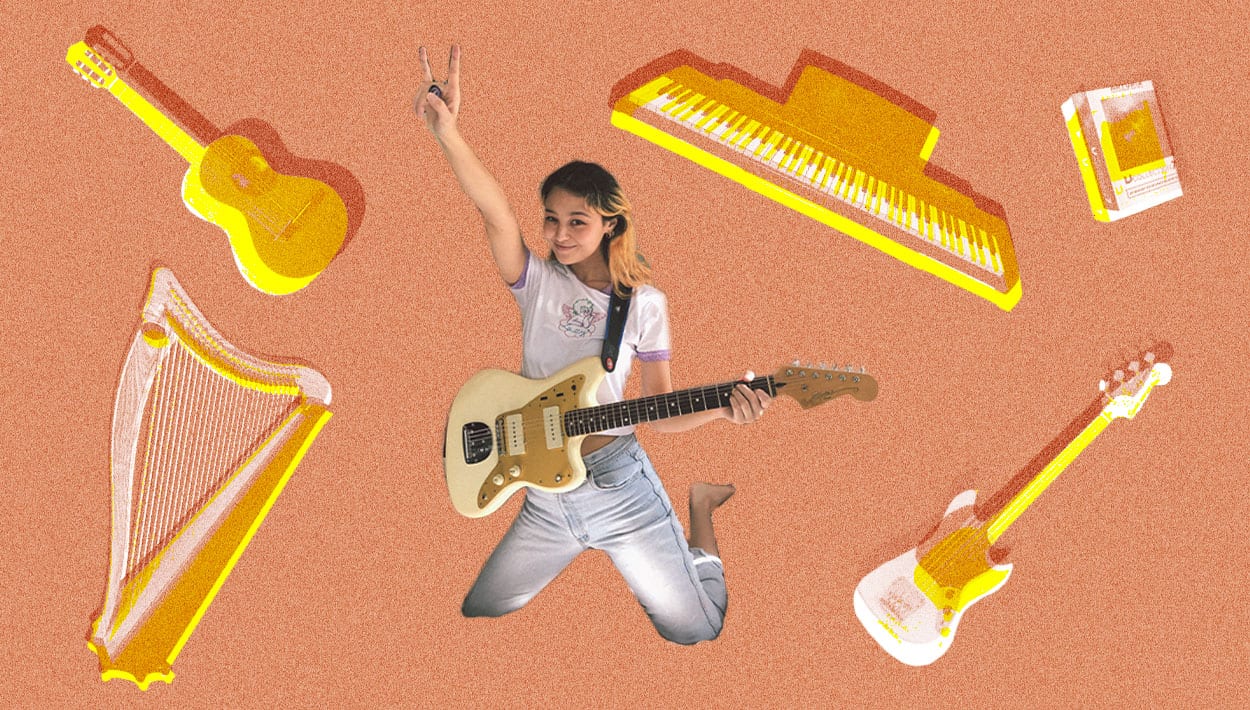
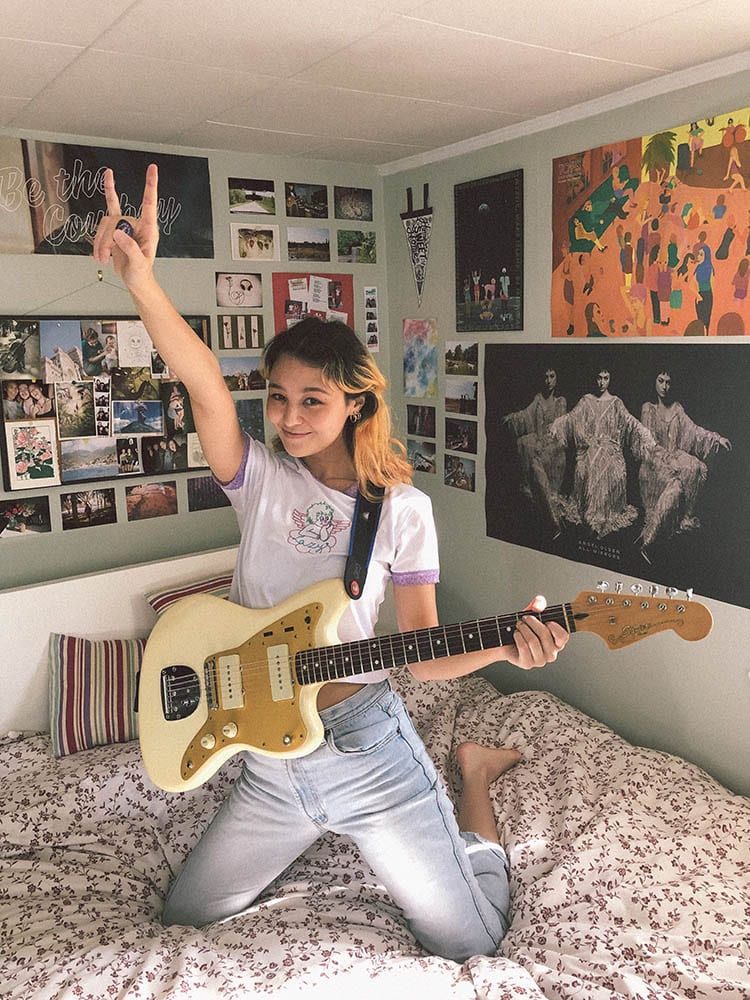
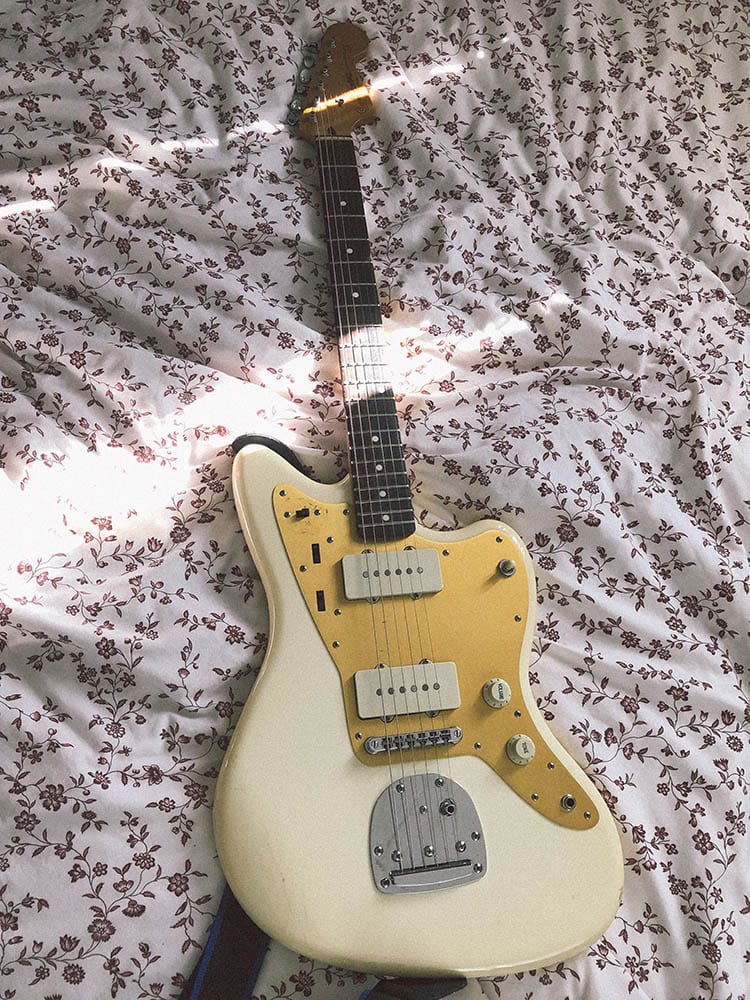
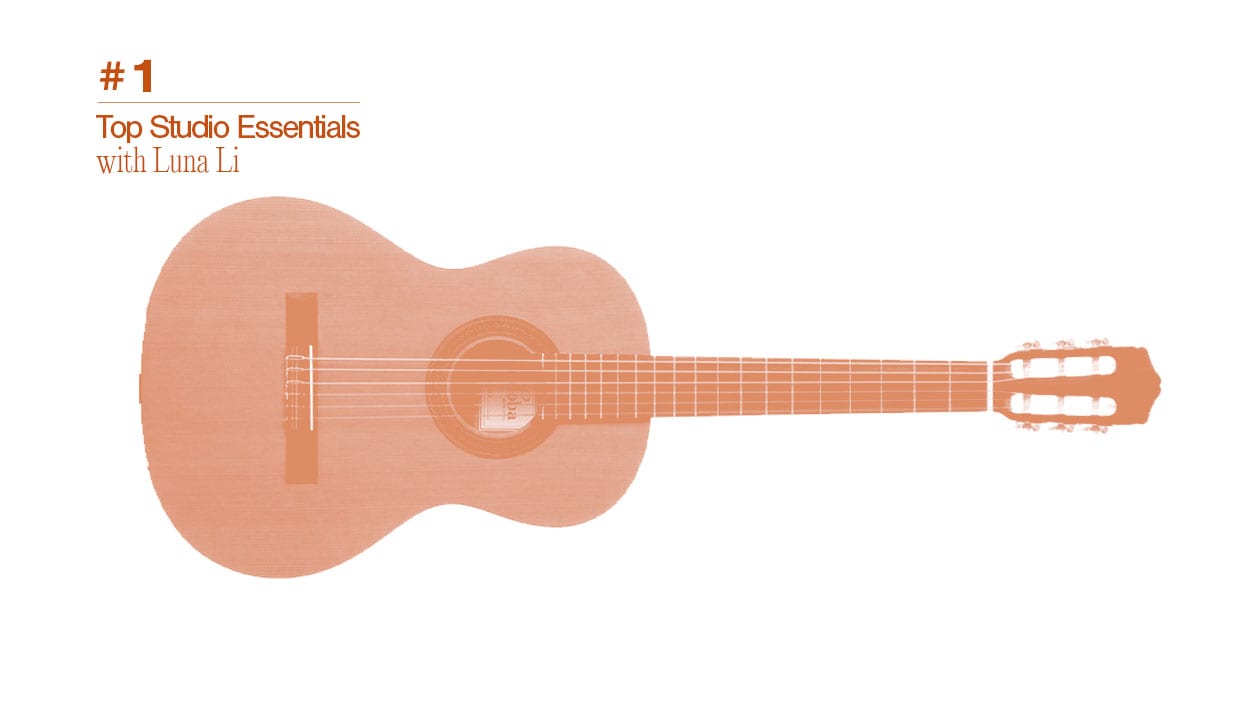
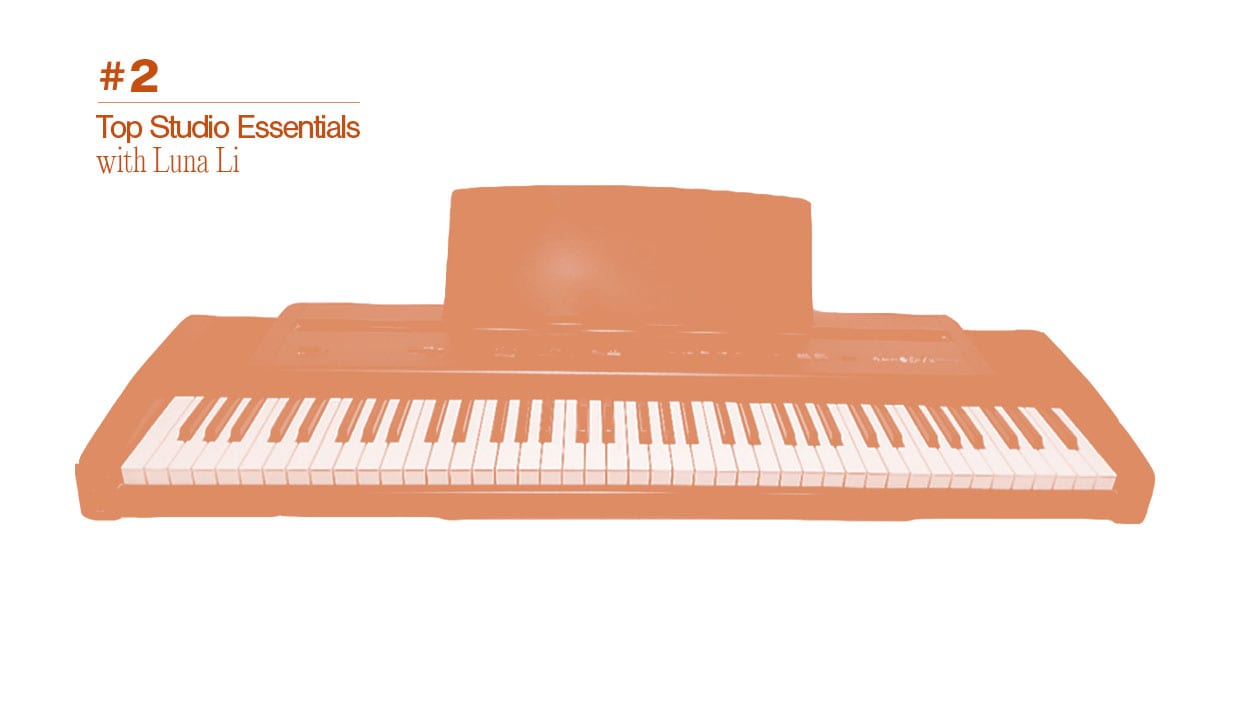
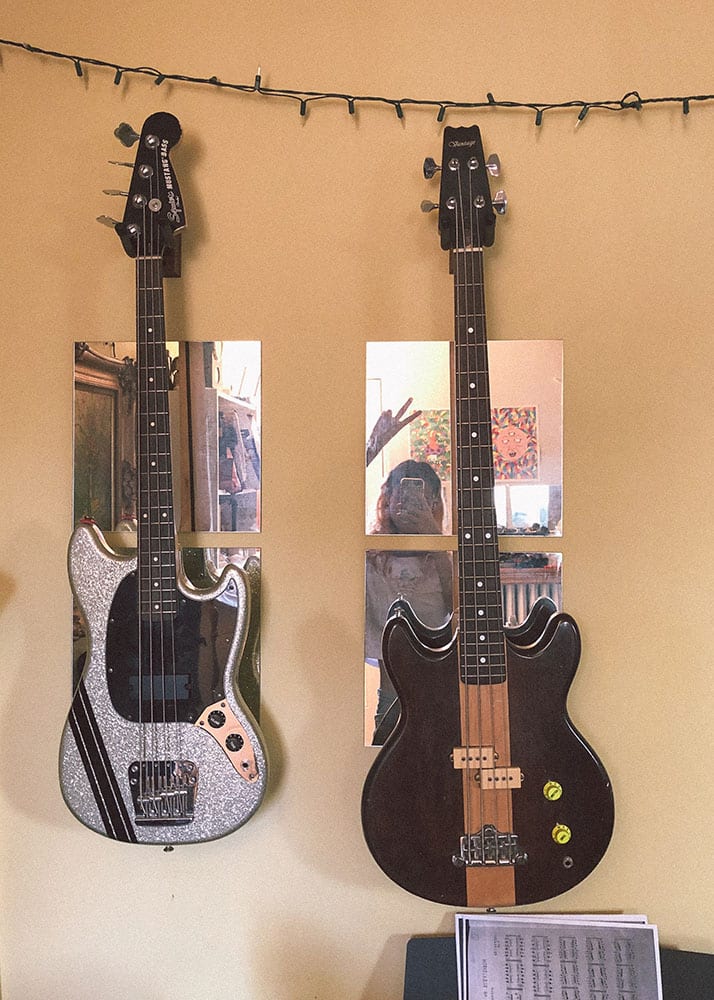
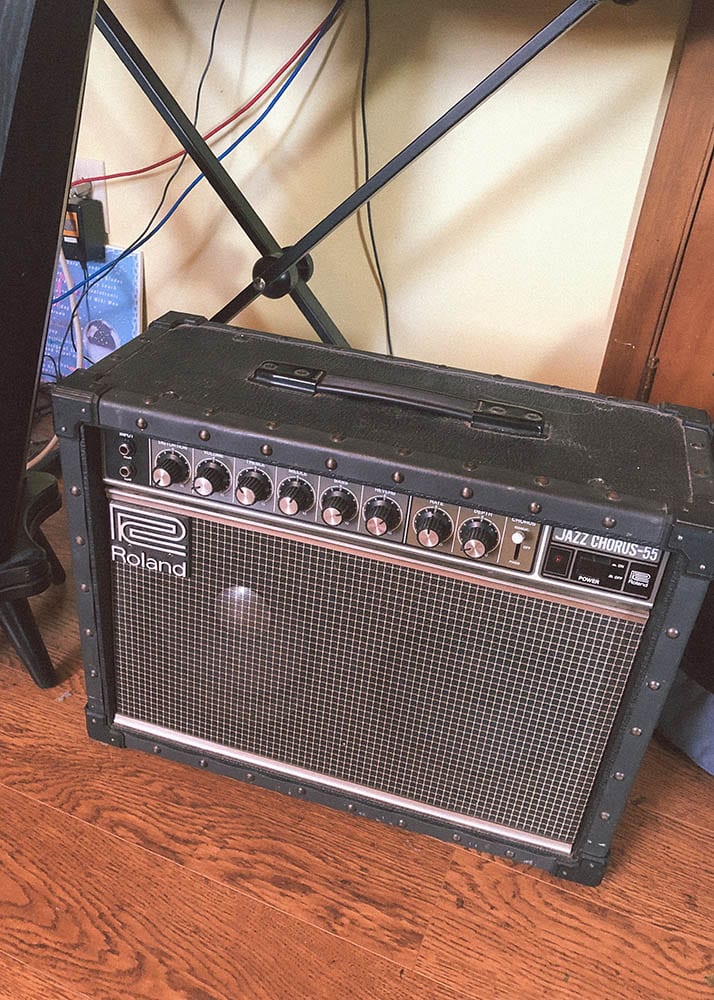
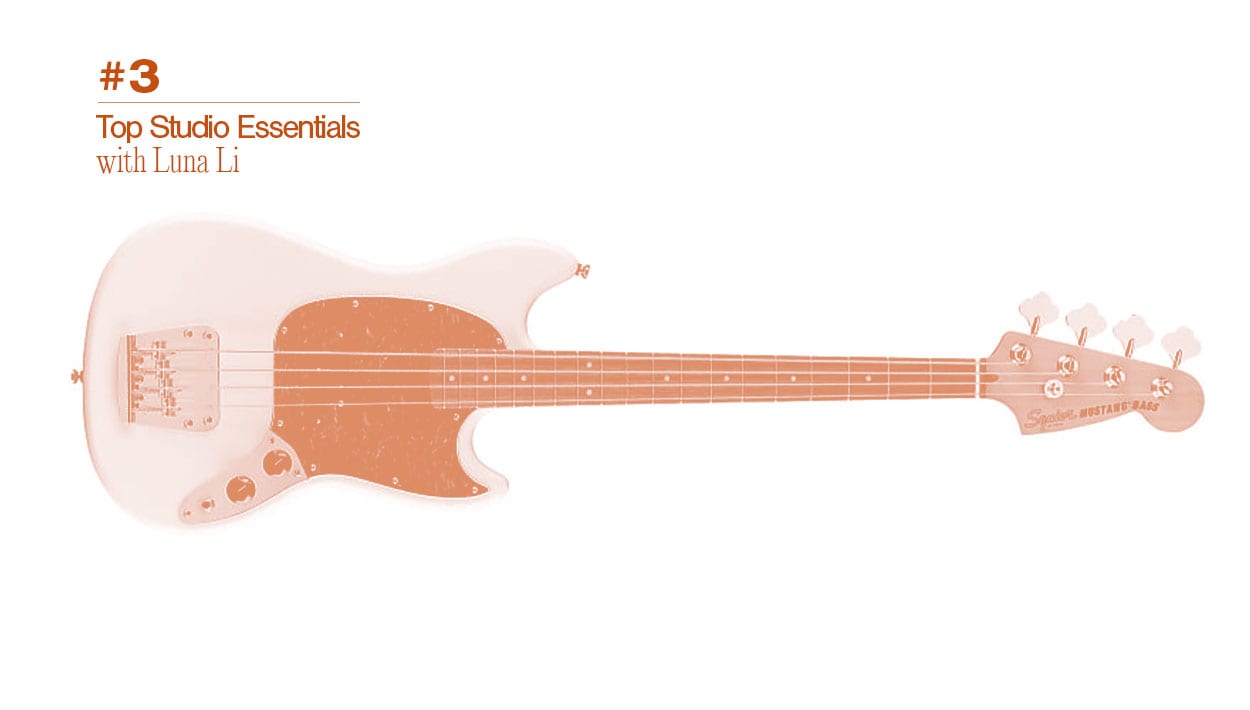
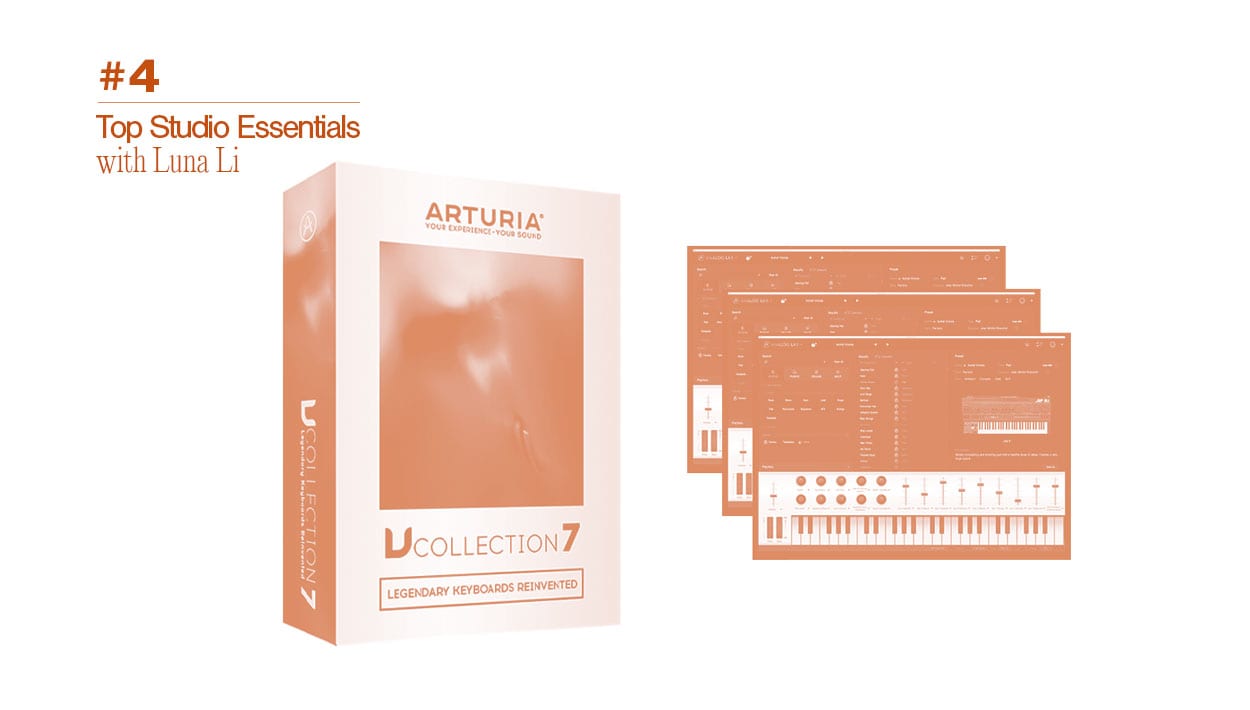
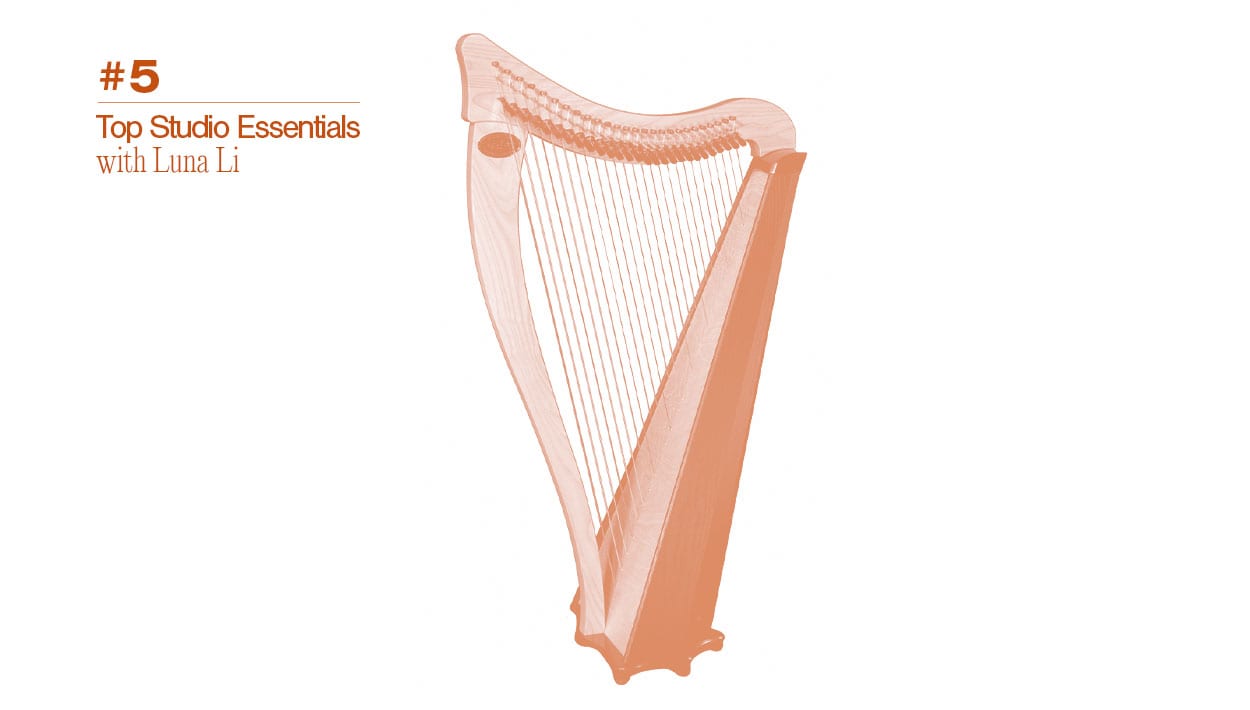
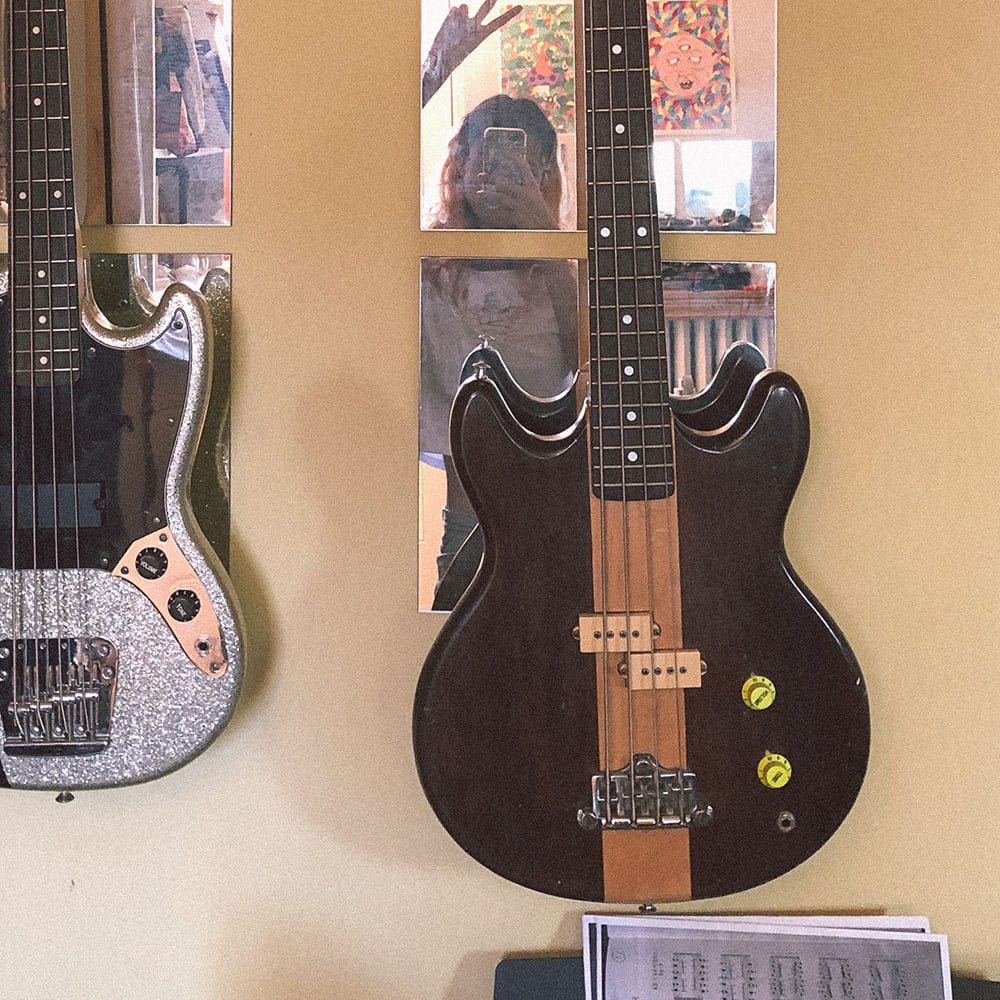
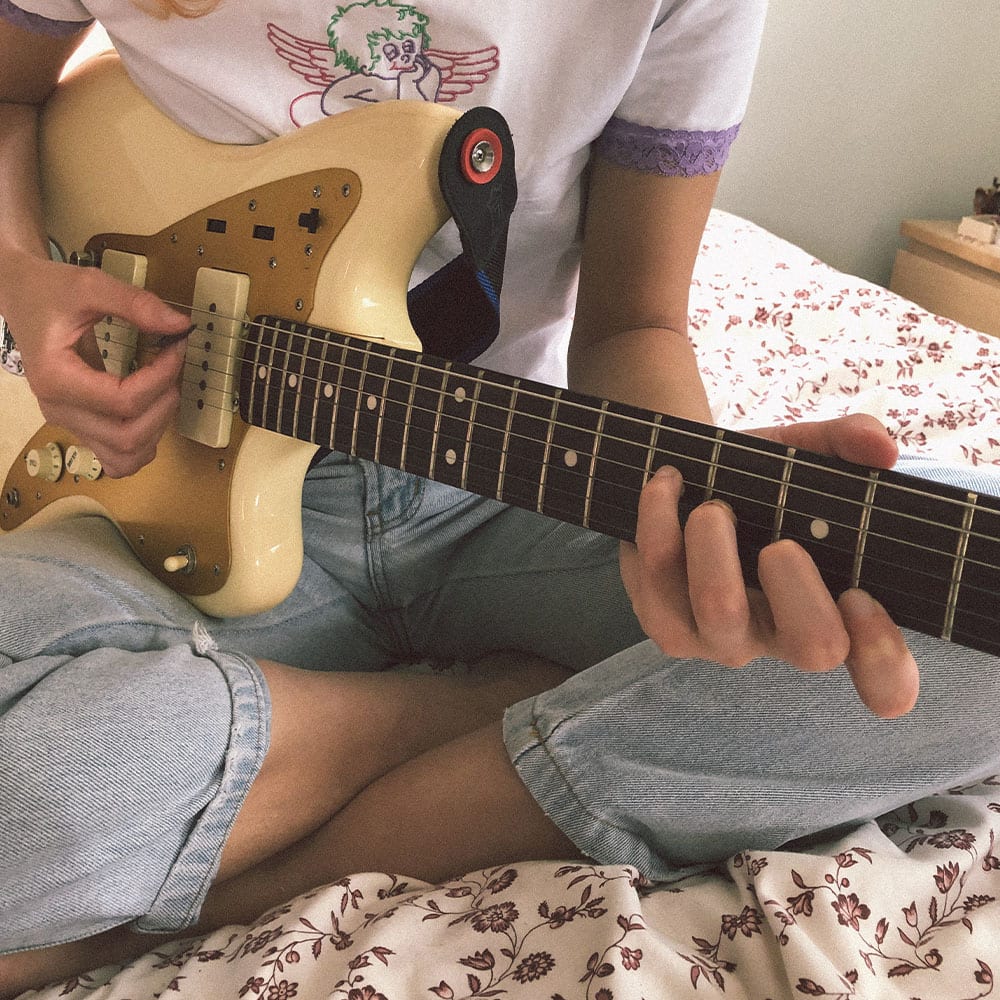
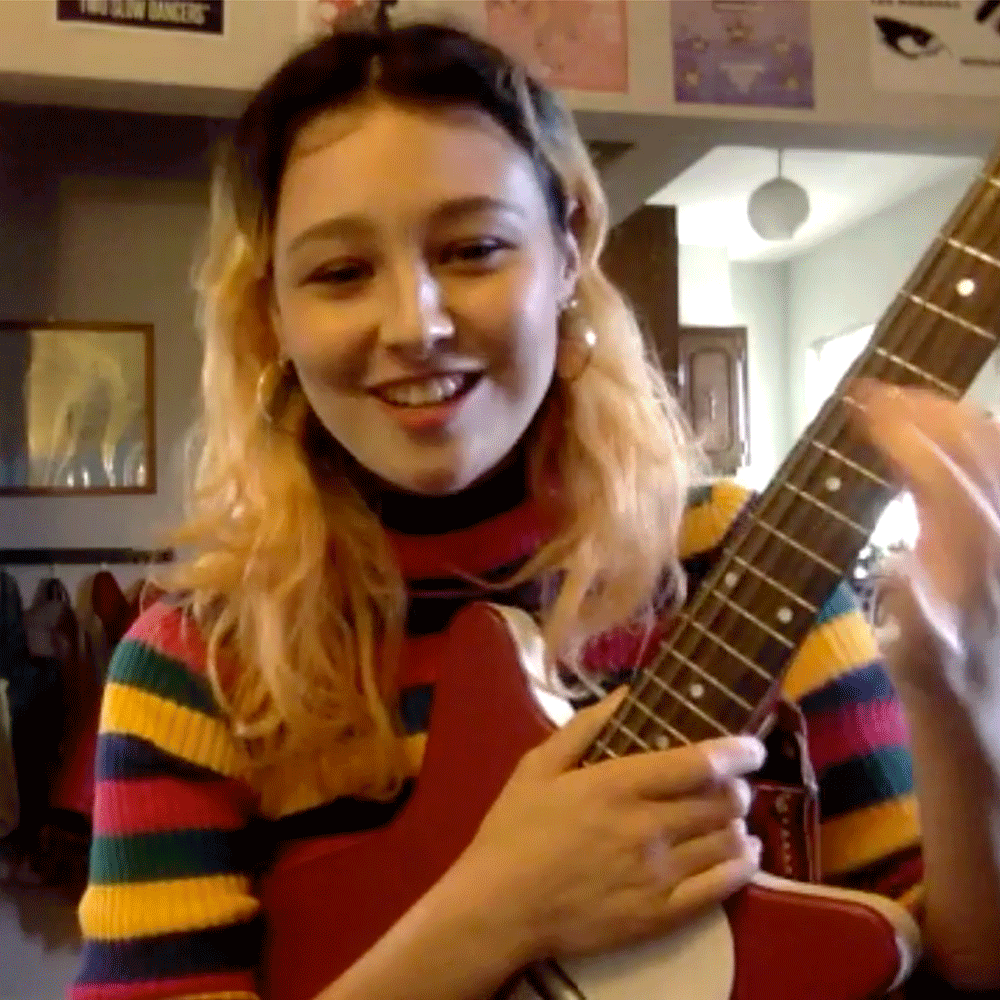
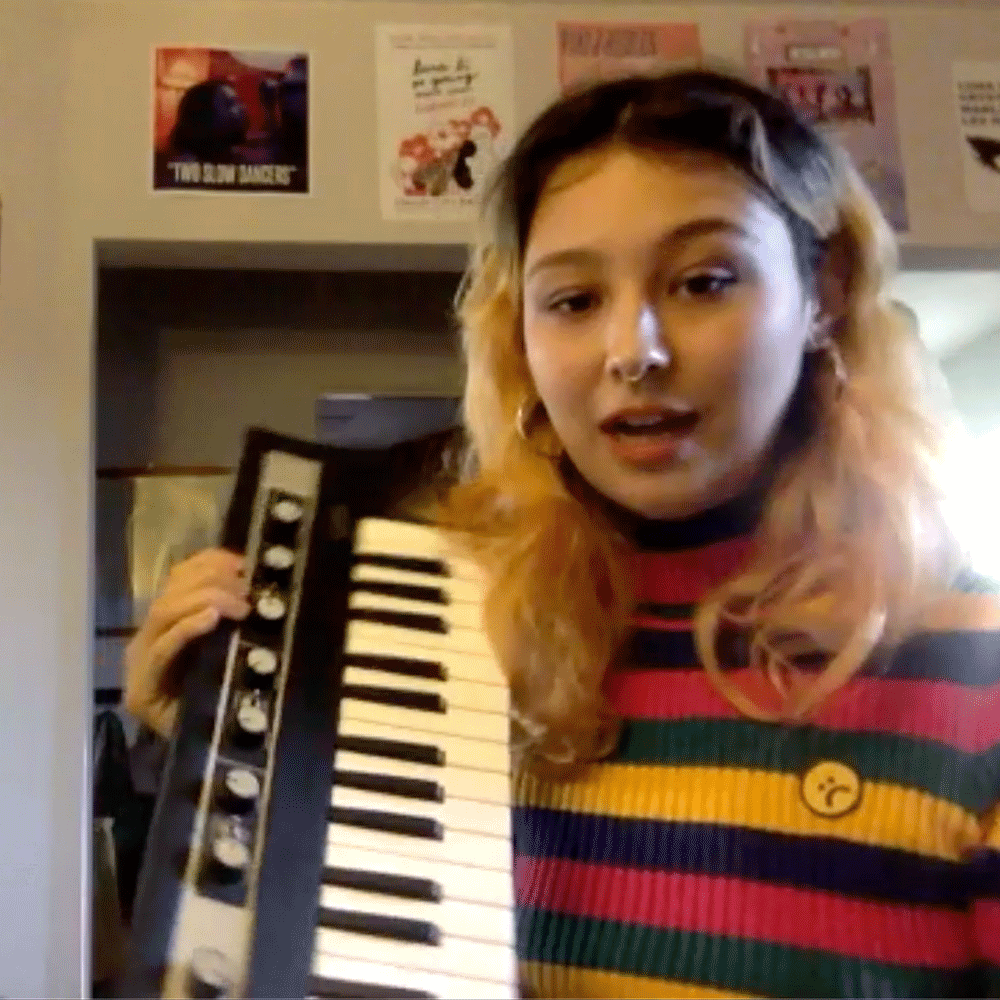

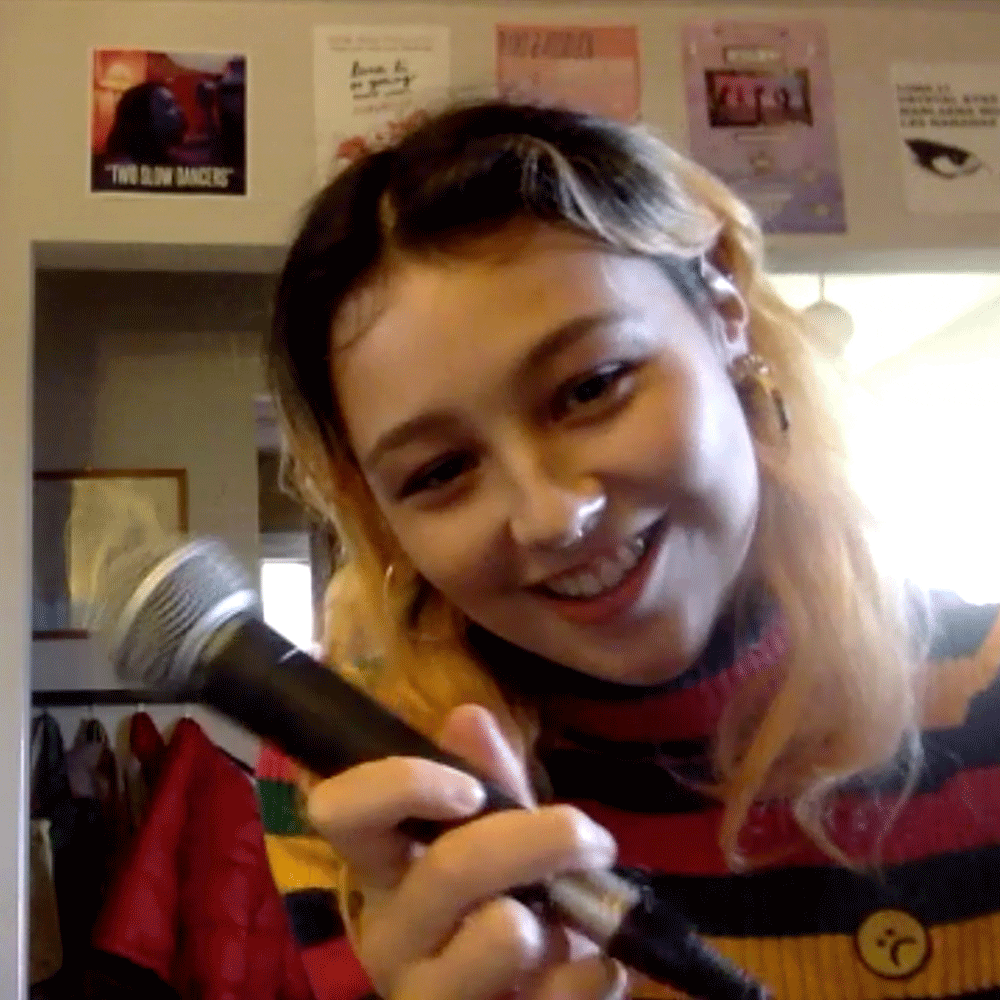

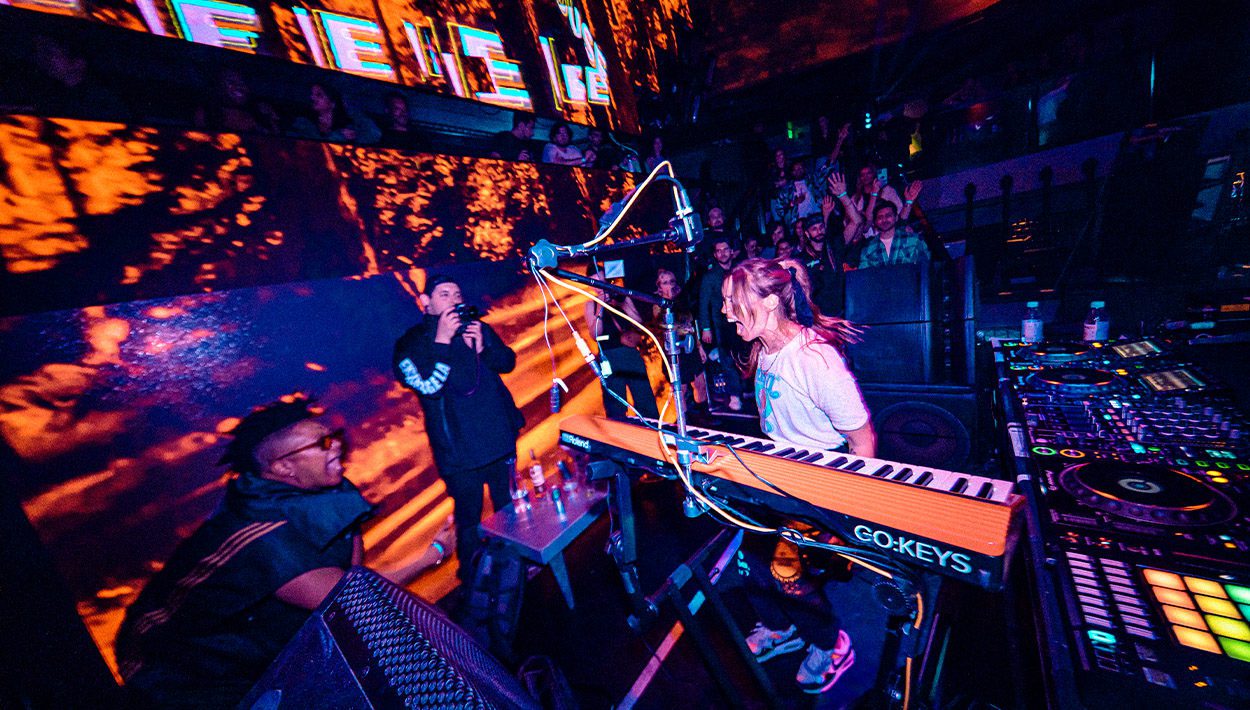
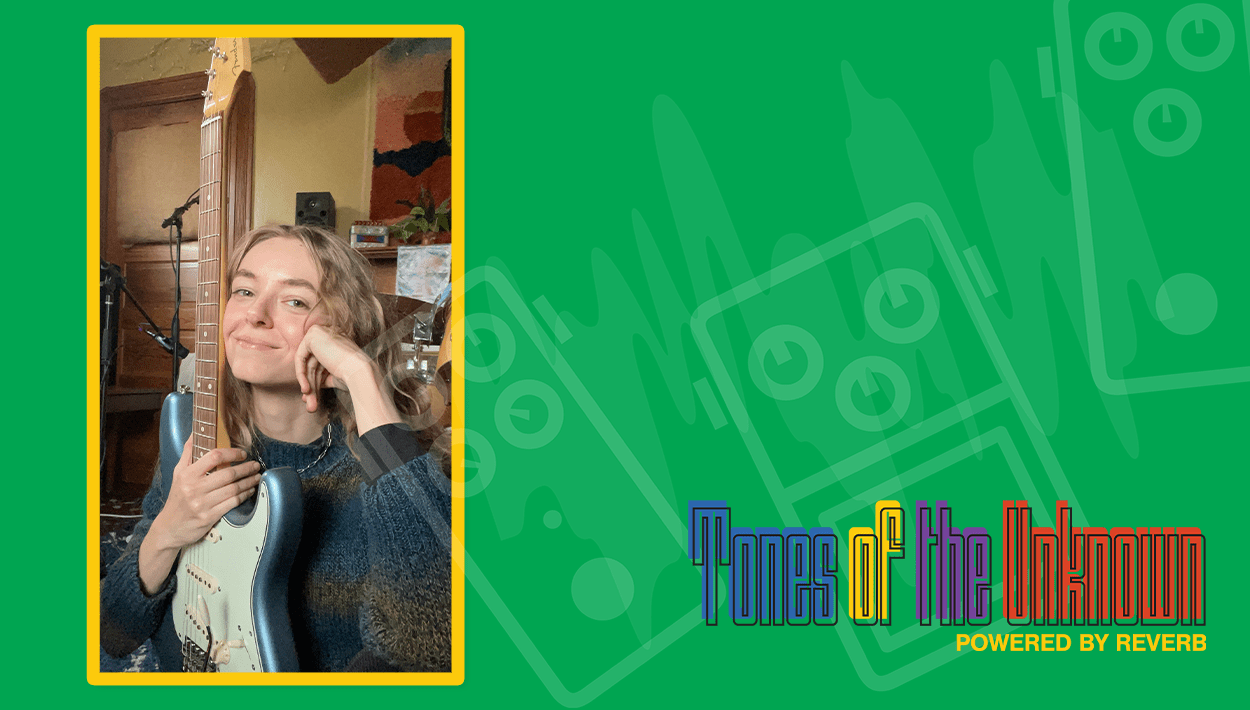
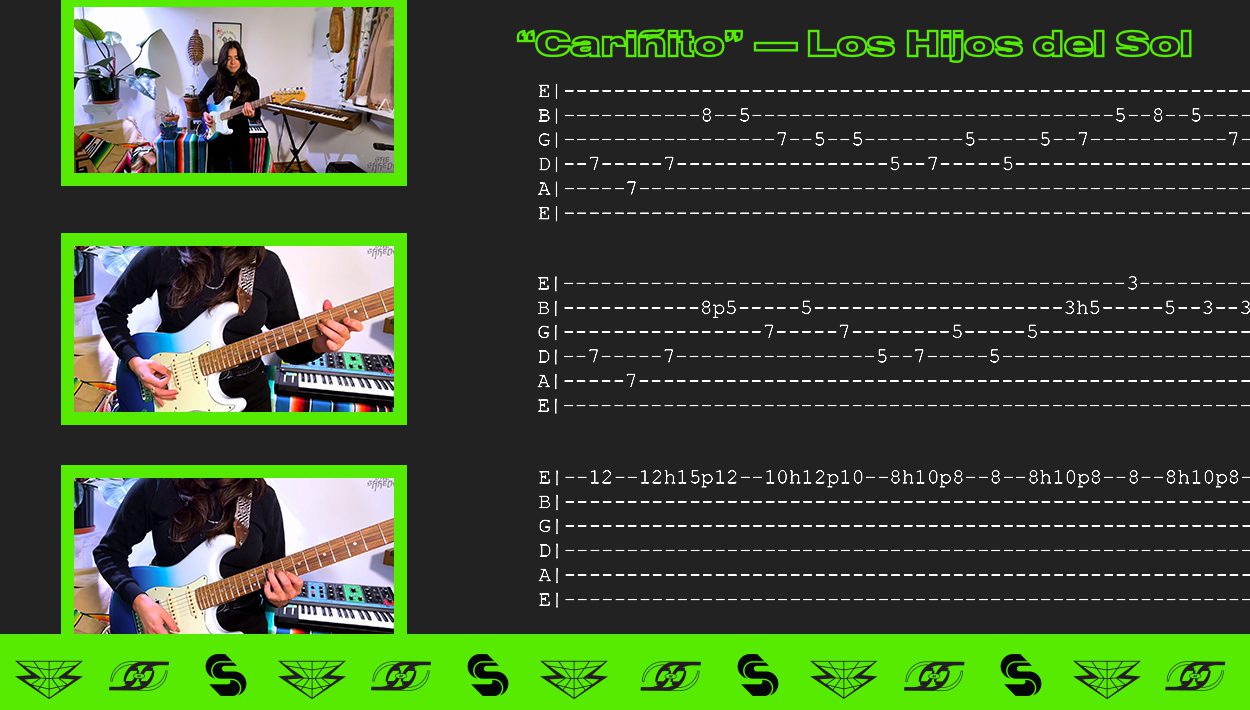
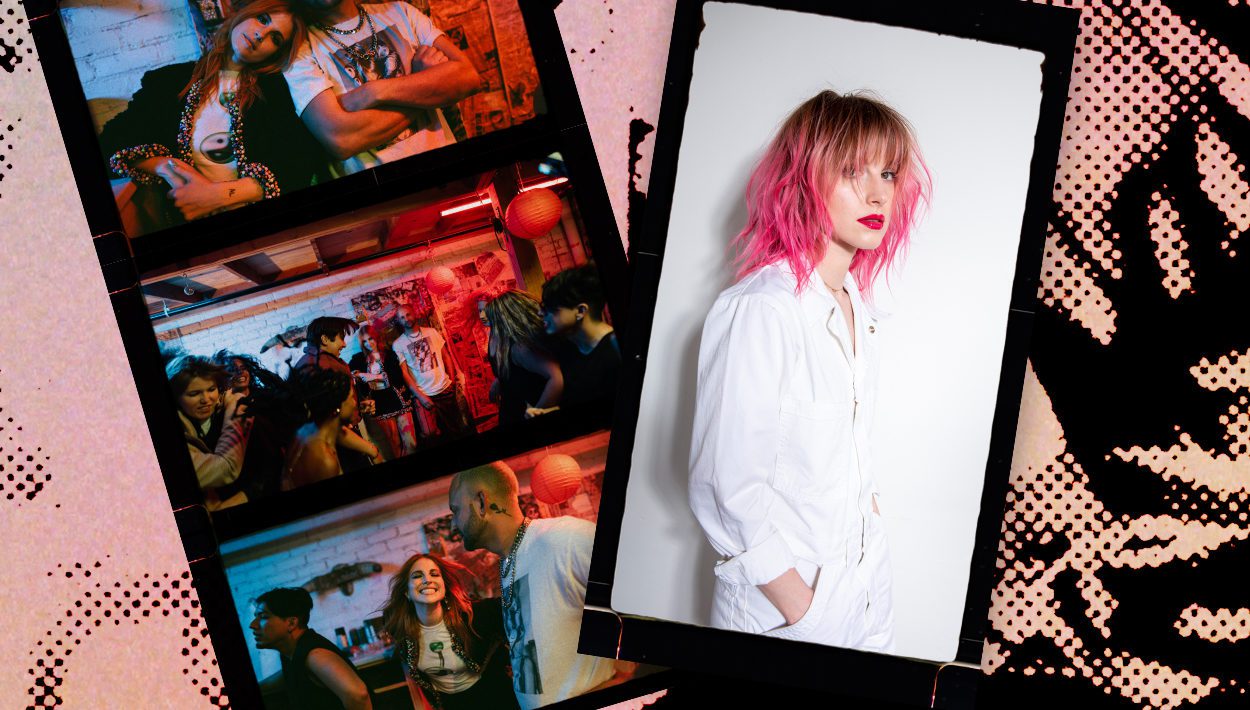

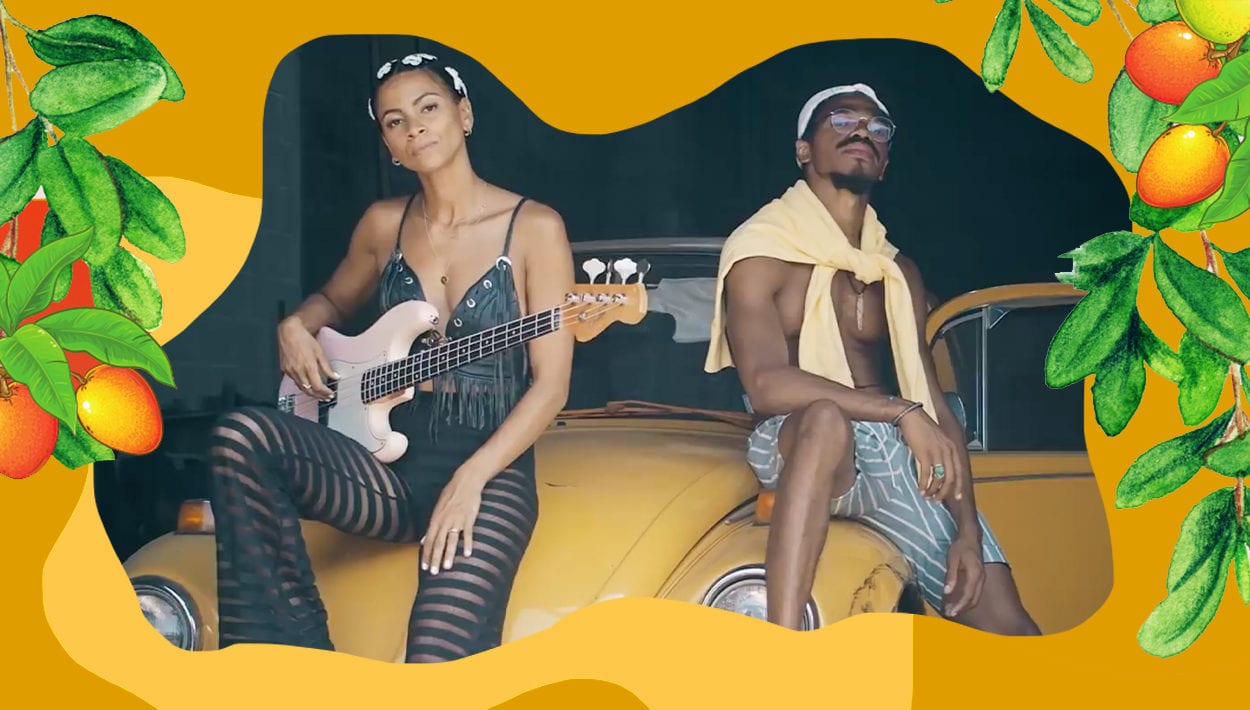
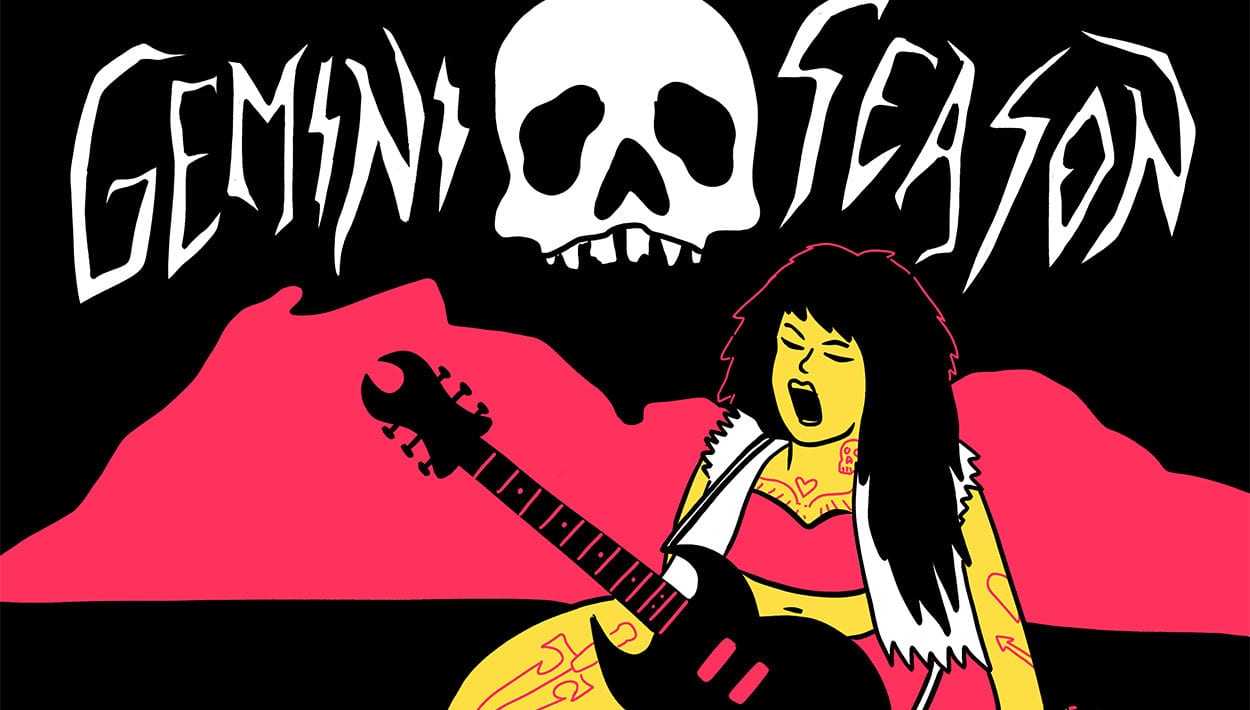

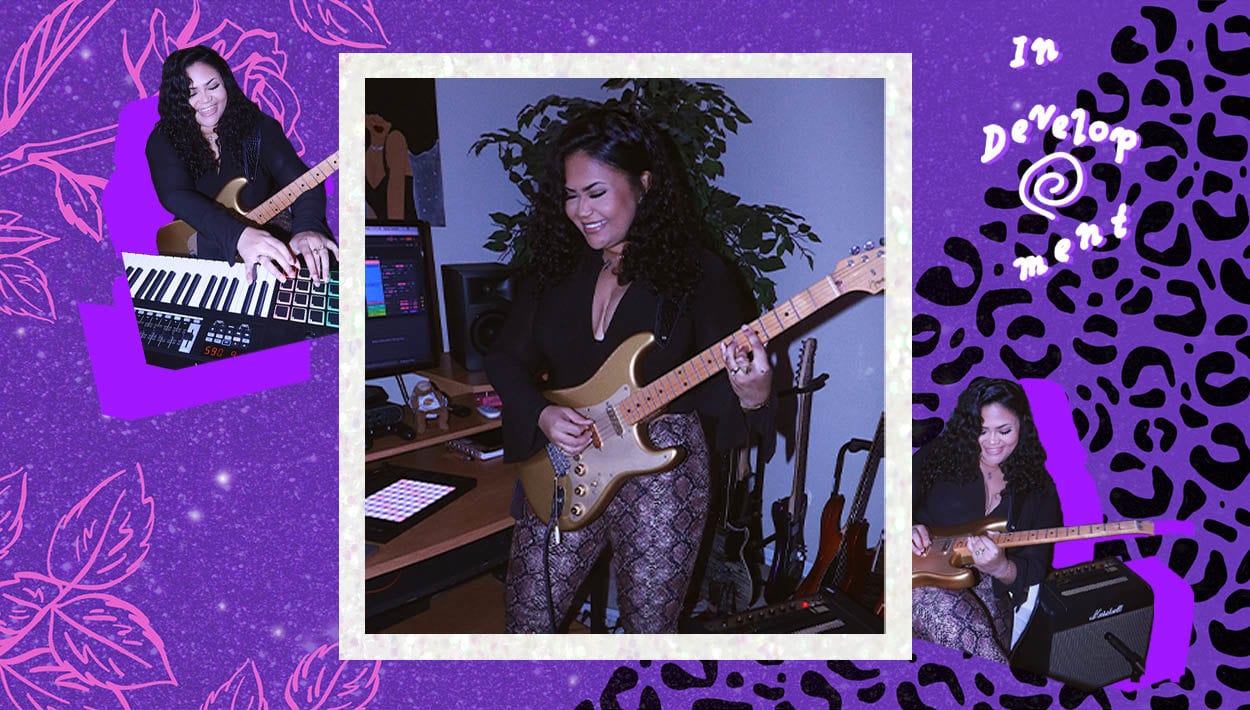
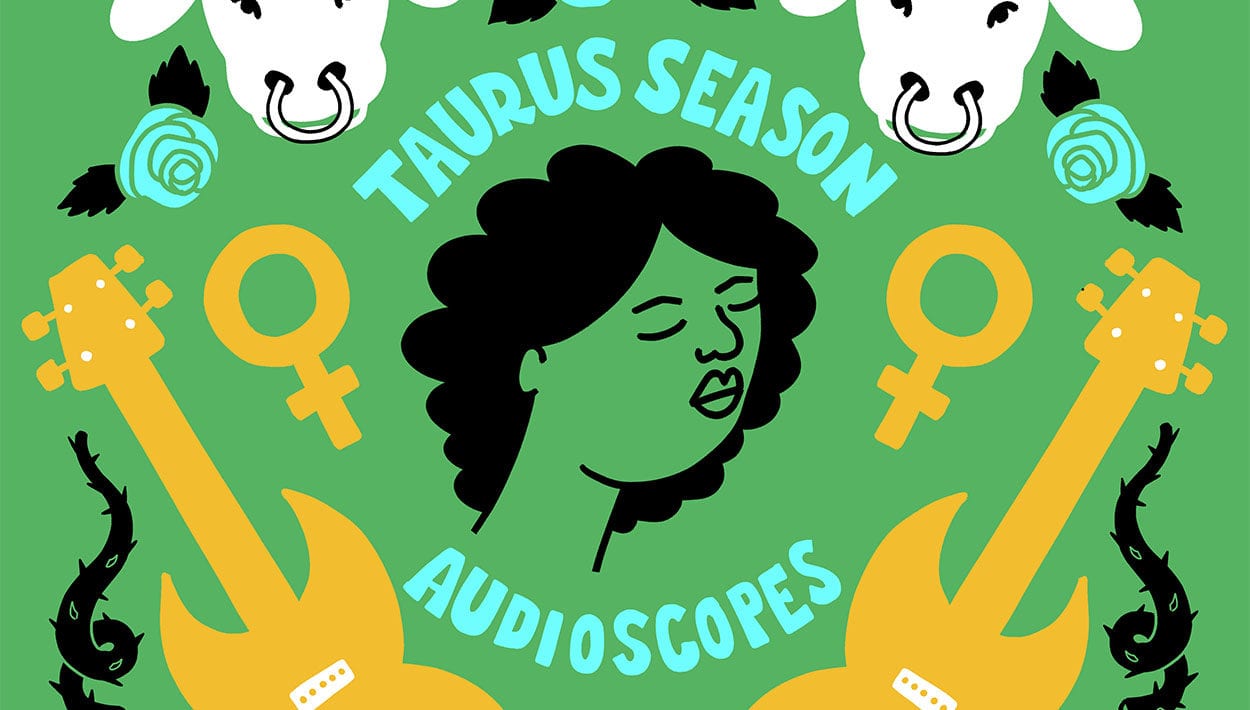


Comments
love this!! what a great piece!!
Comment by jackie on December 6, 2020 at 10:50 amFor Luna Li the freedom of music rests on experimentation, lush orchestral sounds, and a combination of vintage and contemporary influences. Granny
Comment by Phoenix Nolan on December 17, 2020 at 4:19 amlove this!!!
Comment by Jogn on January 20, 2021 at 1:10 amHi! Do you want to order a piano? Then I would like to recommend you the order Steinway piano in the UK. Their collection of grand pianos is truly exquisite, offering outstanding craftsmanship and rich, resonant sound that will fascinate you. I hope this information will help you on your musical journey. Have a good day!
Comment by BrusNeam on May 29, 2023 at 7:52 am